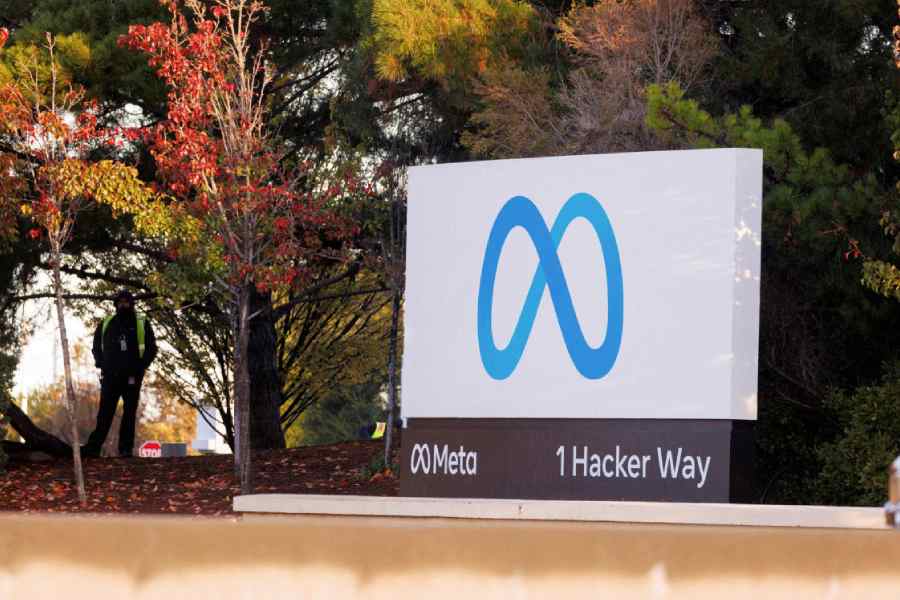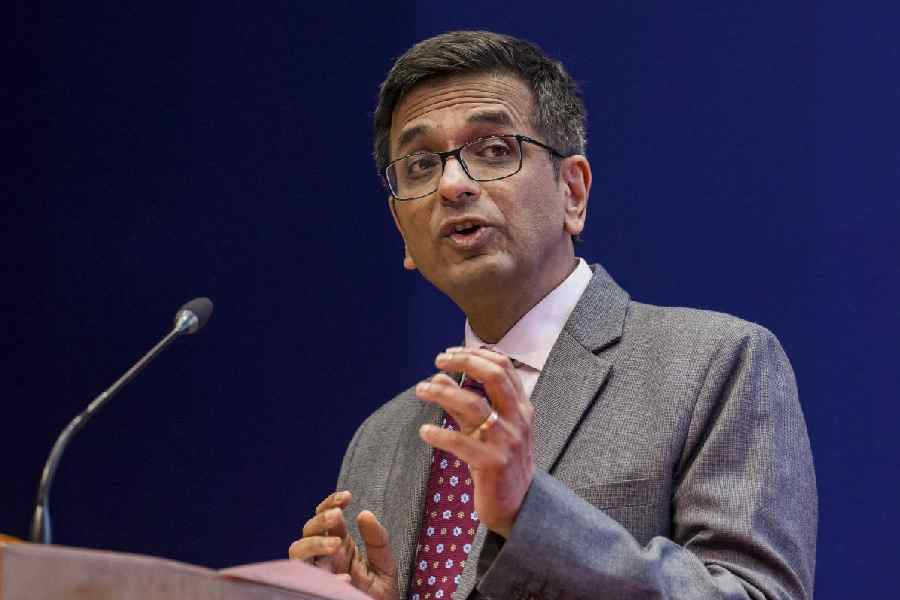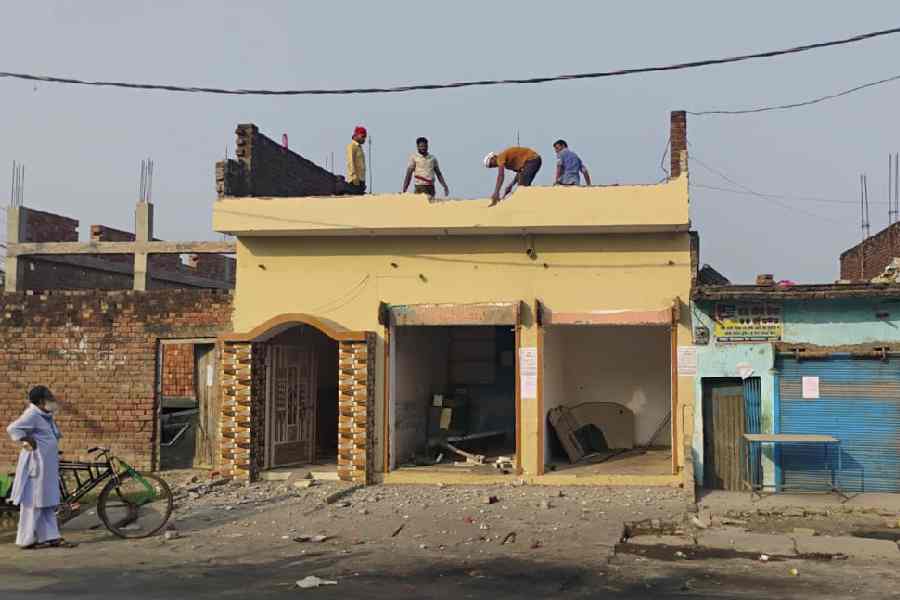China on Tuesday confirmed that it had reached “resolutions on issues concerning the border area” with India but avoided getting into details, a day before President Xi Jinping and Prime Minister Narendra Modi are due to have a bilateral engagement in Kazan, Russia, on the sidelines of the Brics Summit.
However, there was room for confusion with external affairs minister S. Jaishankar saying on Monday that “we have gone back to where the situation was in 2020” and army chief General Upendra Dwivedi on Tuesday pointing to “trust” issues and saying India “wanted to go back” to the status quo of April 2020.
Asked if the announcement made by India on Monday that an agreement has been reached on patrolling along the Line of Actual Control (LAC) can be confirmed, Chinese foreign ministry spokesman Lin Jian said: “Over a recent period of time, China and India have reached resolutions on issues concerning the border area following close communication through diplomatic and military channels. China commends the progress made and will continue working with India for the sound implementation of these resolutions.”
There was no mention of patrolling or disengagement in Lin’s reply. He refused to divulge any further details when related questions were asked. As for the possibility of Xi meeting Modi on the sidelines of the Brics summit, Lin repeatedly said: “China will release timely information if anything comes up.”
The bilateral meeting between Modi and Xi was confirmed late in the night by foreign secretary Vikram Misri while briefing the media in Kazan on the Prime Minister’s visit.
On Monday, external affairs minister S. Jaishankar had said: “We have reached an agreement on patrolling. We have gone back to where the situation was in 2020. And, we can say, with that the disengagement process with China has been completed.”
Responding to a question on what patrolling would entail, Misri said: “What it will entail is that in the pending areas under discussion, patrolling and, indeed, grazing activities — wherever applicable — will revert to the situation as it obtained in 2020. Incidentally, I should say that this is what the external affairs minister was talking about yesterday.
“As to the disengagement agreements reached earlier, those agreements were not opened in this discussion. The agreement that was reached very early yesterday morning was focused on issues that had remained outstanding in the last couple of years.”
General Dwivedi was more guarded than the minister on Wednesday when he pointed to the ongoing “trust” issues with China and said India wanted to restore trust and go back to the status quo of April 2020.
Speaking at the Colonel Pyara Lal Memorial Lecture, organised by The United Service Institution of India in Delhi, General Dwivedi said: “We want to go back to the status quo of April 2020. Thereafter, we will be looking at disengagement, de-escalation and normal management of the LAC…. This has been our stand since April 2020.”
He added: “As of now, we are trying to restore the trust. How will the trust be restored? It will get restored once we are able to see each other and we are able to convince and reassure each other that we are not creeping into buffer zones that have been created. Patrolling gives you that kind of advantage…. As we restore the trust, the other phases will also follow through.”
“We are hoping the modalities of the disengagement between the two countries will be finalised soon to be implemented on the ground,” said a defence ministry official, adding that “confidence-building measures will also be required to reduce the trust deficit”.
Border tensions between India and China started after multiple incursions by Chinese troops in eastern Ladakh in May 2020 and escalated a month later following a violent clash in the Galwan Valley in which 20 Indian soldiers were killed. China also lost some soldiers.
China has been accused of unilaterally changing the status quo in the region and occupying nearly 1,000sqkm of India-claimed territory in Ladakh since May 2020.
Sources in the defence ministry said the two sides had agreed to disengage from the strategic Depsang Plains and Demchok region — the two points where no disengagement had taken place since the Chinese transgressed India-claimed lines in eastern Ladakh in May 2020.
“This is just a first step but it is a significant development and should assist in a reduction of tensions. Deescalation would have to be the next step. Measures to ensure peace and tranquillity in the areas along the LAC can be augmented on the basis of and the precedents existing in the years before Galwan,” former foreign secretary Nirupama Rao Menon posted on X. She added that “this latest development is a positive augury for the future although there is much painstaking work that lies ahead for both sides to ensure a peaceful LAC”.
The Chinese army was said to be entrenched 18km inside India-claimed lines at the Depsang Plains and had blocked access to patrol points (PPs) 10, 11, 11A, 12 and 13.
The Depsang Plains — a 972sqkm plateau situated 16,000 feet above sea level — lies to the west of Aksai Chin, which is under illegal occupation by China, and has the Siachen Glacier on its northwestern edge.
In the past, partial disengagement had taken place from the Galwan Valley, Pangong Lake, Hot Springs and Gogra through the creation of “buffer zones” that neither army could patrol.
Since the Galwan clash, the two countries have held several rounds of discussions at the corps commander level, besides the diplomatic mechanism, to resolve theborder standoff.
The last couple of months have seen a flurry of back-to-back meetings, leading up to Monday’s announcement.











